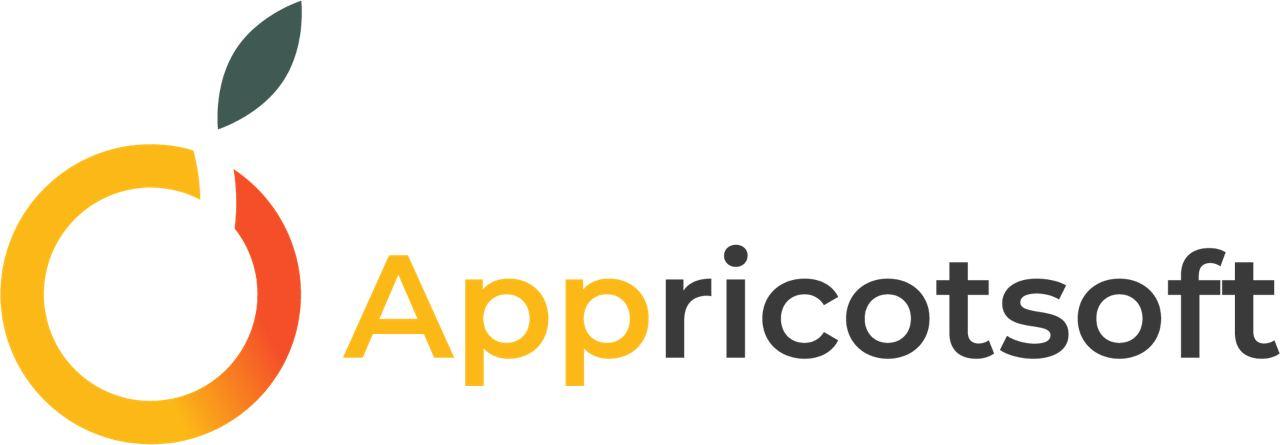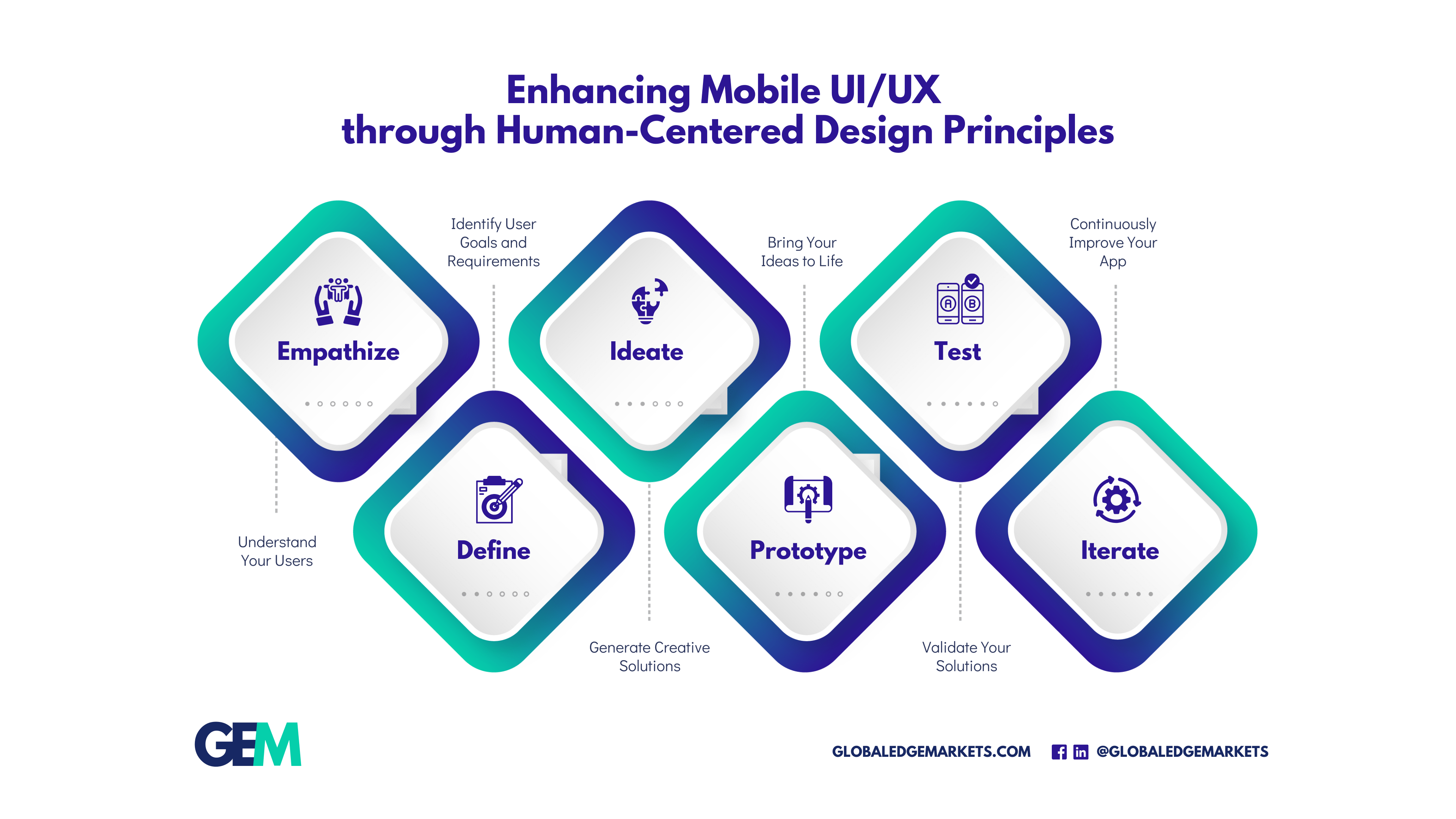Featured Collaboration
Meet our partners

Appricotsoft is a software development company that is dedicated to helping businesses of all sizes achieve their goals through custom software solutions. The main priority is building strong relationships with their clients.
With a team of experienced developers, designers, and project managers, Appricotsoft is committed to delivering high-quality, user-friendly software that meets the unique needs of each client.
The success of a mobile app largely depends on its user interface (UI) and user experience (UX). To create a product that truly resonates with users, it’s essential to adopt a human-centered design approach, which focuses on understanding and addressing user needs, preferences, and behaviors. In this blog post, we’ll explore how to enhance mobile UI/UX through the application of human-centered design principles.

Empathize: Understand Your Users
The first step in creating a user-centered mobile app is to develop empathy for your target audience. This involves conducting thorough user research to uncover their needs, motivations, pain points, and preferences. Techniques such as interviews, surveys, and user testing can help you gain valuable insights into your users’ behaviors and expectations.
Define: Identify User Goals and Requirements
Once you have a deep understanding of your users, the next step is to define their goals and requirements. This involves creating user personas, which are fictional representations of your target audience, and mapping out user journeys to identify the key touchpoints and interactions within the app. By defining user goals and requirements, you can ensure that your app’s UI/UX design aligns with their needs and expectations.
Ideate: Generate Creative Solutions
With a clear understanding of your users and their goals, you can now begin generating creative solutions to address their needs. Ideation involves brainstorming a wide range of potential features, functions, and design elements that could enhance the app’s UI/UX. Collaborative tools, such as mind maps and whiteboards, can help facilitate the ideation process and encourage input from multiple team members.
Prototype: Bring Your Ideas to Life
Prototyping is a crucial step in the human-centered design process, as it allows you to create tangible representations of your ideas for testing and evaluation. Creating low-fidelity prototypes, such as wireframes or mockups, can help you quickly visualize different design concepts and identify potential usability issues. High-fidelity prototypes, which are more detailed and interactive, can be used to refine the app’s UI/UX before moving on to the development stage.
Test: Validate Your Solutions
User testing is an essential component of the human-centered design process, as it allows you to evaluate the effectiveness of your app’s UI/UX and identify areas for improvement. Conducting usability tests with real users can help you uncover any issues or pain points that may not have been apparent during the design phase. By iterating on your design based on user feedback, you can ensure that your app provides a seamless, enjoyable experience for your target audience.
Did you know? Apps with a strong human-centered design approach can see a 2x increase in user retention rates. 📱
Iterate: Continuously Improve Your App
Human-centered design is an ongoing process that doesn’t end with the launch of your app. It’s crucial to continuously monitor user feedback, gather analytics data, and make improvements to your app’s UI/UX to ensure that it remains aligned with user needs and preferences. Regular updates, new features, and design tweaks can help keep your app fresh and engaging for users.
Conclusion
By incorporating human-centered design principles into your mobile app development process, you can create a UI/UX that is tailored to your users’ needs and preferences. This approach not only leads to a more satisfying user experience but can also contribute to the long-term success of your app. Remember to empathize with your users, define their goals, generate creative solutions, prototype your ideas, test your solutions, and iterate continuously to create a mobile app that truly resonates with your target audience.
Don’t leave your mobile app’s success to chance! Discover the power of human-centered design with our expert team at GlobalEdgeMarkets. Get in touch today and let us help you craft a truly engaging and user-centric mobile experience. 🔥📱💡
Featured
Digital & UI/UX Innovation Services
Are you looking to revolutionize your digital presence and stay ahead of the competition? Look no further! Our digital innovation service can help take your business to the next level.
From website design and development to digital marketing strategies, we have the expertise and experience to make your online presence truly shine.






